This app tests for anemia — and could save millions of lives.
Category: biotech/medical – Page 2,750

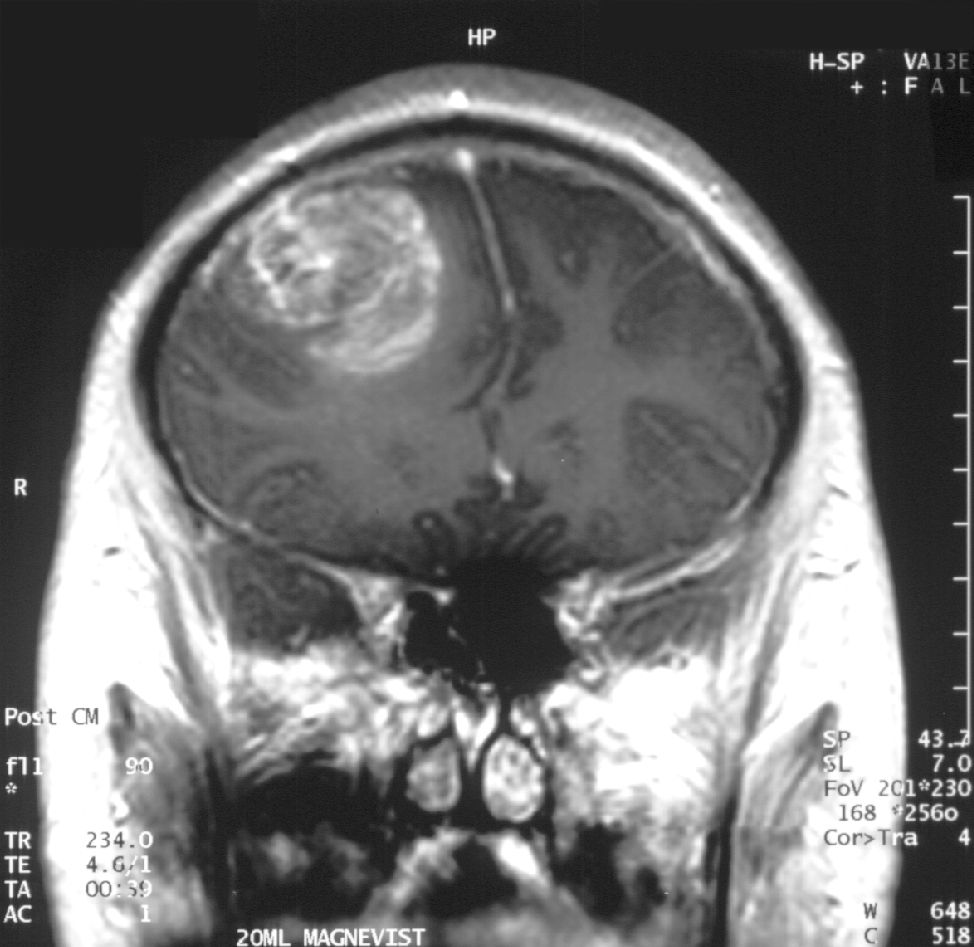
Promising compound selectively kills brain cancer stem cells
Scripps Research scientists have discovered a compound that potently and selectively kills the stem-like cells that make glioblastoma brain cancers so deadly.
In a study published this week in The Proceedings of the National Academy of Sciences, the Scripps Research scientists found that the new compound, which they dubbed RIPGBM, kills glioblastoma stem-like cells cultured from patients’ tumors with more than 40 times the potency of the standard GBM drug temozolomide. They found too that RIPGBM is highly selective, sparing other types of brain cells, and that it powerfully suppresses the growth of GBM tumors in a mouse model of the disease.
“Our discovery of this compound and the cellular pathways it affects offers a promising new strategy for treating glioblastoma,” says principal investigator Luke Lairson, PhD, an assistant professor of chemistry at Scripps Research.
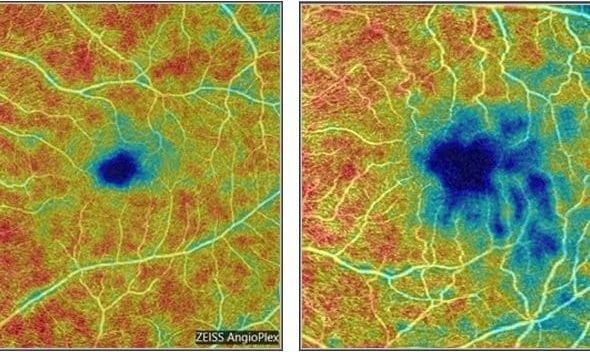
Alzheimer’s disease can be spotted through simple eye test
Alzheimer’s disease may soon be spotted through a simple eye test, after scientists discovered tell-tale alterations in the retina and blood vessels when dementia is present.
Currently diagnosing Alzheimer’s is tricky, requiring an expensive brain scan, a risky spinal tap or in most cases a behavioural assessment by a doctor based on symptoms.
But US scientists at the Duke Eye Centre in North Carolina, wondered if changes might also be visible in the retina, which is an extension of the brain and so could offer a window into what is happening behind the skull.

FDA Approves New Fast-Acting Ketamine-Derived Antidepressant Spray
A nasal spray that could alleviate symptoms of depression in just a few hours has been approved by the US Food and Drug Administration (FDA) – though the decision has attracted its share of criticism and controversy. The new drug, called esketamine, is a molecular variation of ketamine, which is already being used as an anesthetic, an antidepressant, and a party drug.
Esketamine will be sold as a spray called Spravato and is intended for patients with treatment-resistant depression, meaning they have failed to respond to at least two other types of antidepressant. Because of ketamine’s mind-altering effects and high potential for abuse, patients will be required to take Esketamine in a doctor’s office or clinic and remain under medical supervision for two hours after administration.
Most people with a diagnosis of depression are prescribed selective serotonin reuptake inhibitors (SSRIs) such as Prozac. These ensure that neurons have access to an increased amount of the neurotransmitter serotonin, which is a key emotional regulator. However, it is thought that around one-third of people with major depressive disorder (MDD) do not respond to conventional medications for the condition, which is why researchers are hunting for alternative treatments.
Bobby Brooke – The Potential of Thymus Regeneration
Intervene Immune is a company focused on the age-related decline of the immune system, which is known as immunosenescence. Here, Bobby Brooke, CEO of Intervene Immune, discusses the clinical potential of regenerating the thymus as a means of reversing age-related immune system decline.
Earlier this year, we hosted the Ending Age-Related Diseases 2018 conference at the Cooper Union, New York City. This was a conference designed to bring together the best in the aging research and biotech investment worlds and saw a range of industry experts sharing their insights.
As the human body ages, the thymus begins to shrink, and fewer numbers of T cells are created and trained to fight. The thymus tissue also turns to fat rather than healthy immune cell-producing thymic tissue. Eventually, the thymus wastes away, becoming a useless fatty organ that no longer produces immune cells.
This structural decay of the thymus and the failure of the immune system when we are old opens us up to multiple age-related diseases, particularly cancer, along with infectious diseases, such as pneumonia and flu.
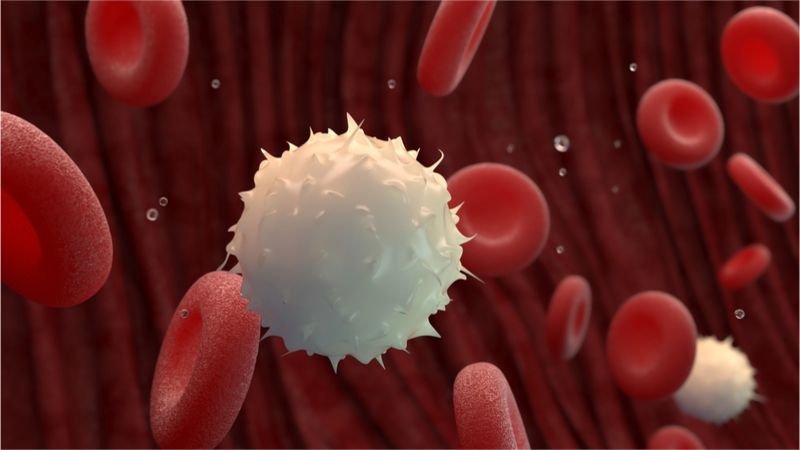
The Relationship Between Longevity and Immunity
There is a strong correlation between the decline of the immune system and a decrease in future lifespan. As the immune system performs a myriad of functions with a multitude of specialized cell types, its breakdown has serious ramifications for health and longevity. As we age, our immune systems steadily decline, becoming less efficient and more inclined to contribute to chronic inflammation due to inappropriate activation.
This smoldering chronic inflammation, also known as inflammaging, speeds up the development of various age-related diseases due to the crosstalk it has with the various damages of aging. In many ways, inflammaging is the glue that binds these damages together, as each of them has an inflammatory component and their progress is often accelerated in the presence of increased inflammation.
At a basic level, inflammation disrupts tissue maintenance and regeneration by blocking various repair pathways, so when that inflammation is chronic, as is commonly seen in aged individuals, the healing of organs and tissues is poor. Therefore, it is no surprise that chronic inflammation causes most older people to struggle to heal and recover from injury.

We are happy to announce Dr. Nir Barzilai, Albert Einstein College of Medicine, as a speaker for the 2019 Undoing Aging Conference
Dr. Barzilai is a chaired Professor of Medicine and Genetics and Director of the biggest Center in the world to study the Biology of Aging.
“Nir is our keynote speaker this year because, quite honestly, if I’d only given him half an hour there is no way he could do justice to his role in our movement. His scientific contributions have been world-leading for decades, but in recent years he has done so much more: he has taken a prominent role in two important rejuvenation startups, and he has also employed his exceptional political skills in forging invaluable new understandings between the biomedical gerontology and regulatory communities. Plus, he’s almost as entertaining a speaker as me!”, says Aubrey de Grey.
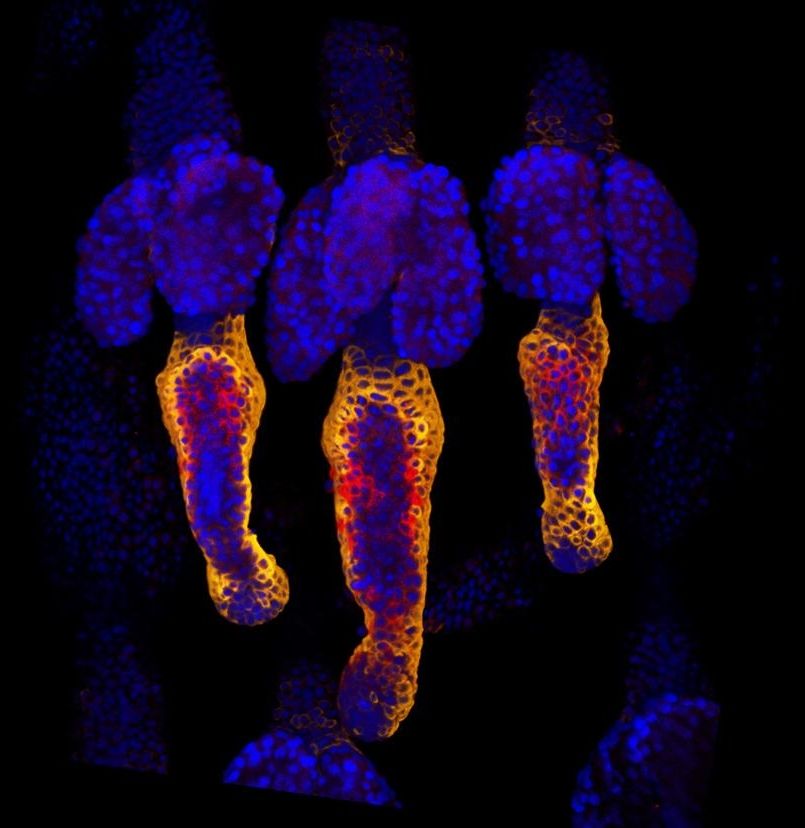
Yaron Fuchs Awarded Sartorius & Science Prize
Yaron Fuchs is the 2018 grand prize winner of the Sartorius & Science Prize for Regenerative Medicine & Cell Therapy, for work that reveals a role for programmed stem cell death in wound healing and tissue regeneration. The findings, described in his prize-winning essay, “The therapeutic promise of apoptosis,” could potentially pave the way to novel regenerative medicine and tumor therapies that target stem cells undergoing apoptosis — a type of programmed cell death.
The 2018 grand prize winner revealed a role for programmed stem cell death in wound healing and tissue regeneration, and potentially in tumor therapies.
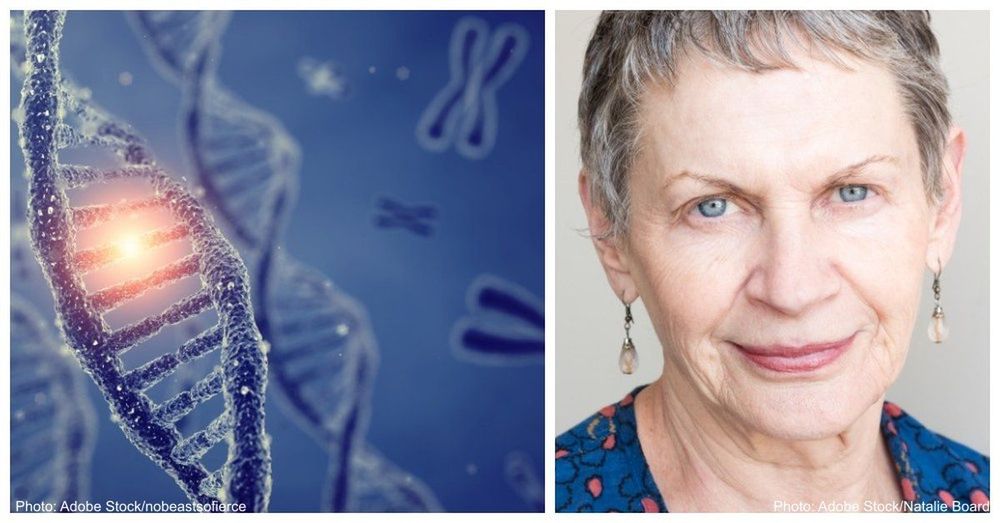
APOE Gene Therapy In Clinical Trials To Prevent Alzheimer’s
The APOE gene, or the “forgetting gene,” has been proven to influence Alzheimer’s risk. So a team of scientists is exploring the effect of gene therapy on people with the riskiest version of the gene.
If it works, the pay-off could be huge.
Gene therapy involves transplanting specific genetic material into human cells in order to correct genetic problems, and is typically attempted on diseases with a singular cause. Alzheimer’s doesn’t seem to have one singular cause — but since the risk of developing it is so strongly associated with the APOE gene, it’s certainly worth a try.